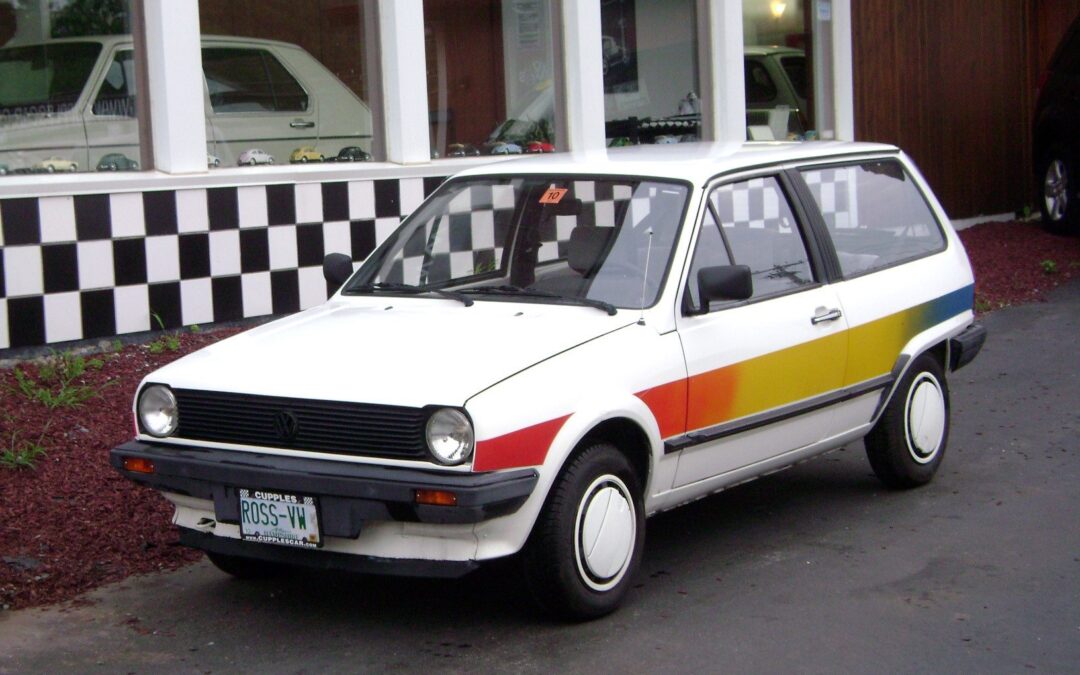The ultra-economical 1988 VW Öko-Polo prototype is so rare that only one has been found in the U.S.

Due to its high cost of production, the Öko-Polo was never mass-produced. (Photos courtesy of Volkswagen)
Many enthusiasts are familiar with Volkswagen’s niche models. But not even Ross Cupples, a lifelong fanatic with dozens of Volkswagen cars in his collection, had heard of the Öko-Polo. The rare 1988 VW Öko-Polo prototype had a retro rainbow stripe across its doors when he acquired the car It is the only known model in the United States.
Volkswagens have always been a part of Cupples’ life, according to a press release by VW U.S. At age 10, he fell in love with a yellow 1972 Beetle at his family’s car business in Belmont, N.H. He purchased his first car, a 1985 Jetta GLI, at age 16 and slowly began acquiring and restoring Volkswagen models. Since then, his collection has grown so large that even he has lost track of how many he owns.
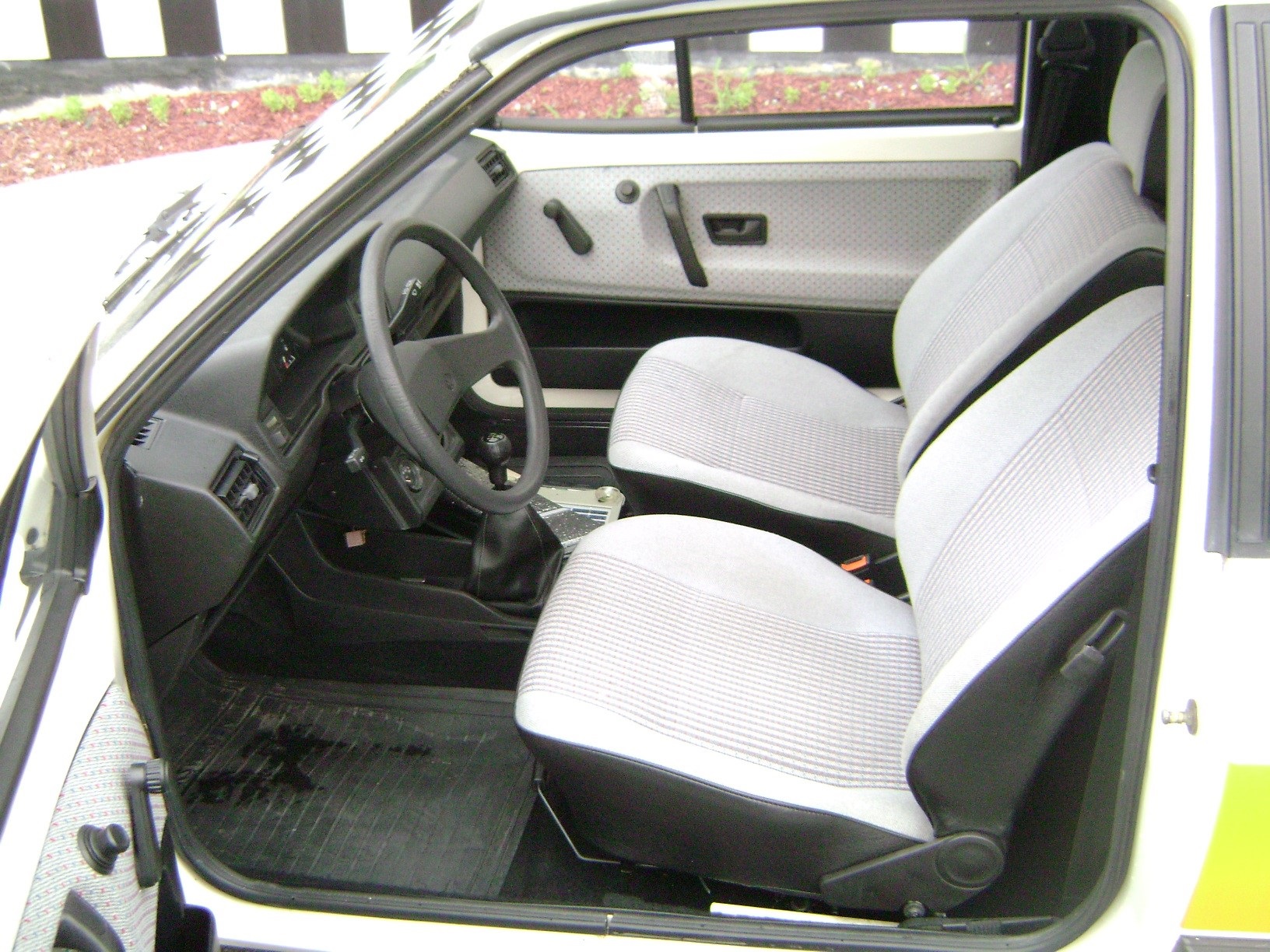
Other than the signature stripe, the Öko-Polo is indistinguishable from any other late-1980s-style Polo Squareback, owner Ross Cupples said.
“I have about 70, most of which are low-mileage, original cars,” Cupples said. His collection fills two buildings, and he is still running out of indoor space as he seeks to keep his vintage vehicles in protected from the elements. “It’s been a fun challenge to research and make connections as I seek out rare models over the years.”
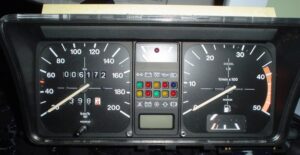
The German translation of Öko-Polo is Eco-Polo.
Fuel Efficient
The prototype was designed to run 100 km (62.13 miles) on just 3 liters of fuel, making it an ultra-economical car at the time.
The German translation of Öko-Polo is Eco-Polo.
The little squareback (wagon) had a two-cylinder diesel direct-injection engine and a G40 supercharger. The two cylinders displaced only 858 cubic centimeters and a heat-resistant foam substance encapsulated the engine bay to minimize the noise and vibrations.
After a year of testing, the series of about 50-75 1988 Öko-Polo prototypes ended. Because of the car’s high cost of production, it was never mass-produced, but it did help future models become more efficient. The Öko-Polo’s newly developed technologies were gradually implemented in other Volkswagen models.
Searching For Parts
The chassis Cupples purchased was missing many original 1988 Öko-Polo parts, including the engine and supercharger that made it an economical choice. He imported a 1-liter Polo drivetrain and fit it in the body of the car so it could run, albeit without the Öko-Polo engine.
Still, the chassis remains the only known VW Öko-Polo in the country. Its origins in the U.S. are unknown, but the seller in Wisconsin purchased the chassis from a government auction.
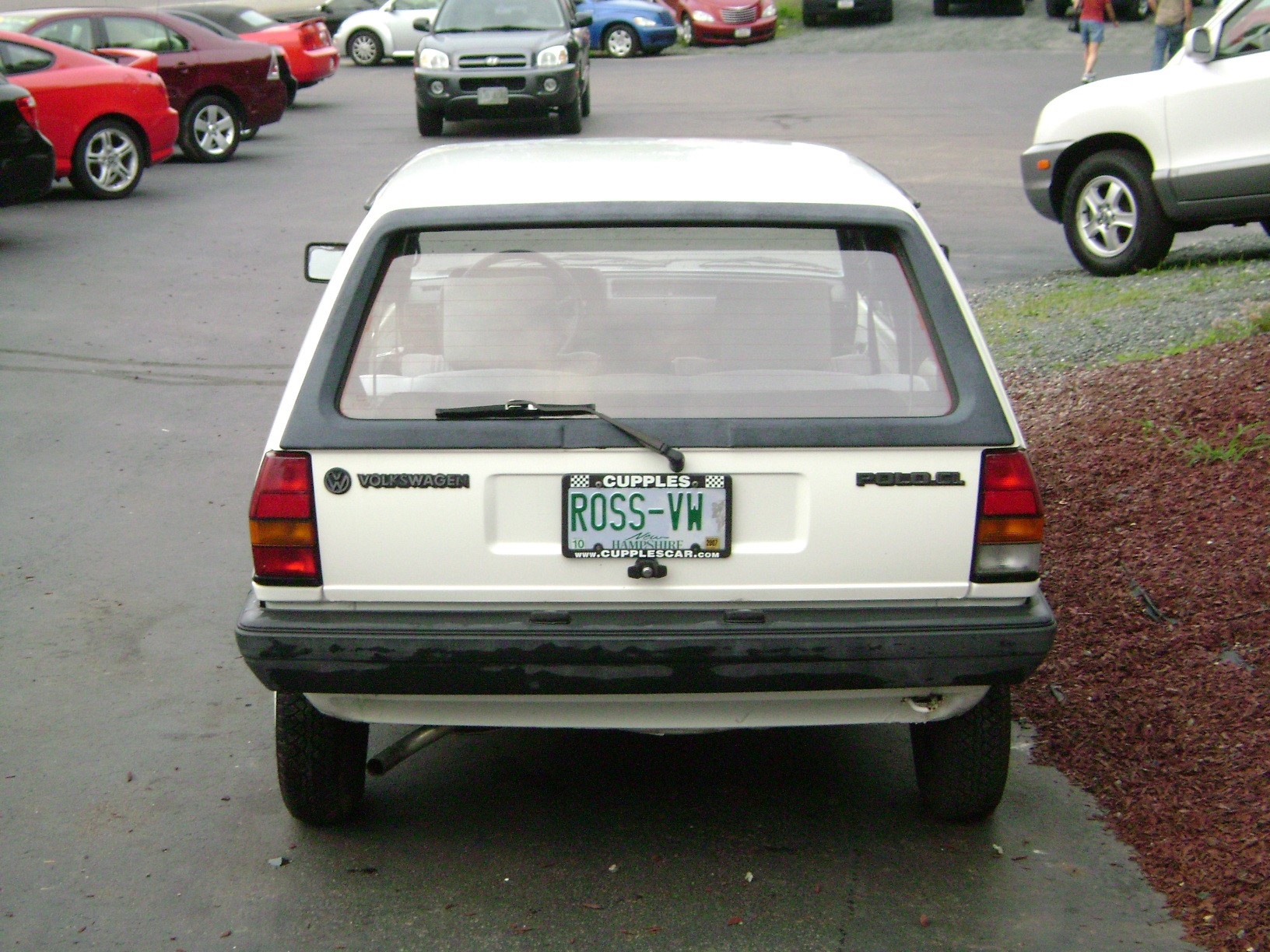
The car’s origins in the U.S. are unknown, but the seller in Wisconsin purchased the chassis from a government auction.
“Other than the signature stripe, the 1988 Öko-Polo is indistinguishable from any other late 1980s-style Polo Squareback,” Cupples said. “At the same time, it’s one of the rarest models in my collection.” Even the Volkswagen museum in Wolfsburg does not display an Öko-Polo prototype, he said.
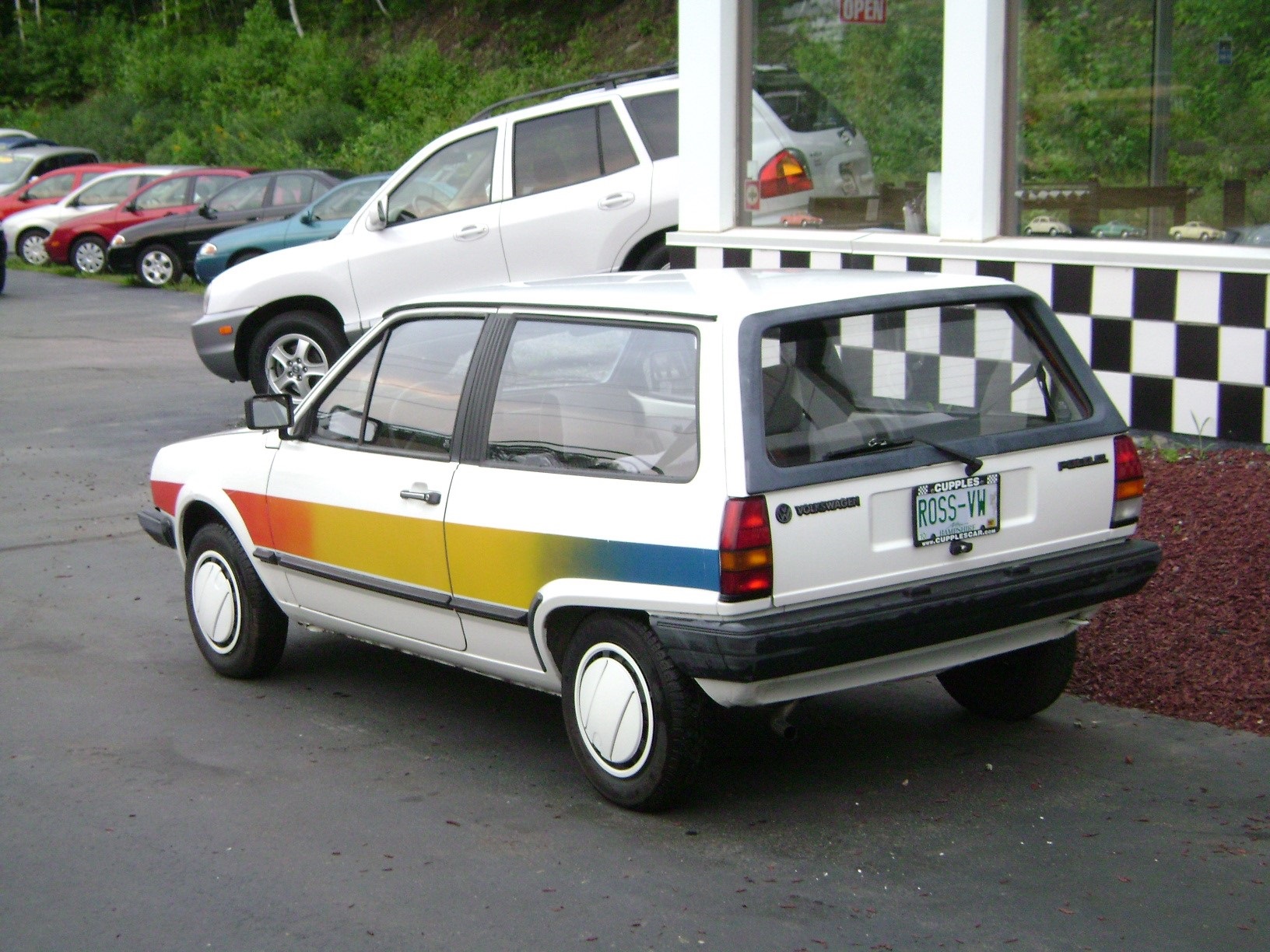
The car Cupples purchased was missing many original Öko-Polo parts.
An interest in VW Polos
The vehicle also sparked Cupples’ interest in other Volkswagen Polos. Over the past two decades, he has collected every Polo model and its variant. He believes he is the only collector in the U.S. to have done so.
While some might consider 70 Volkswagens too many, Cupples is not finished growing his collection.
“I have a mentality of trying to have owned at least one of every model in every generation of Volkswagen,” he said. “Having the Öko-Polo has been a part of that mission. I love being able to hold a part of Volkswagen history.”
Among his dozens of other Volkswagens have been five Golf Harlequins, with at least one of each color combination.
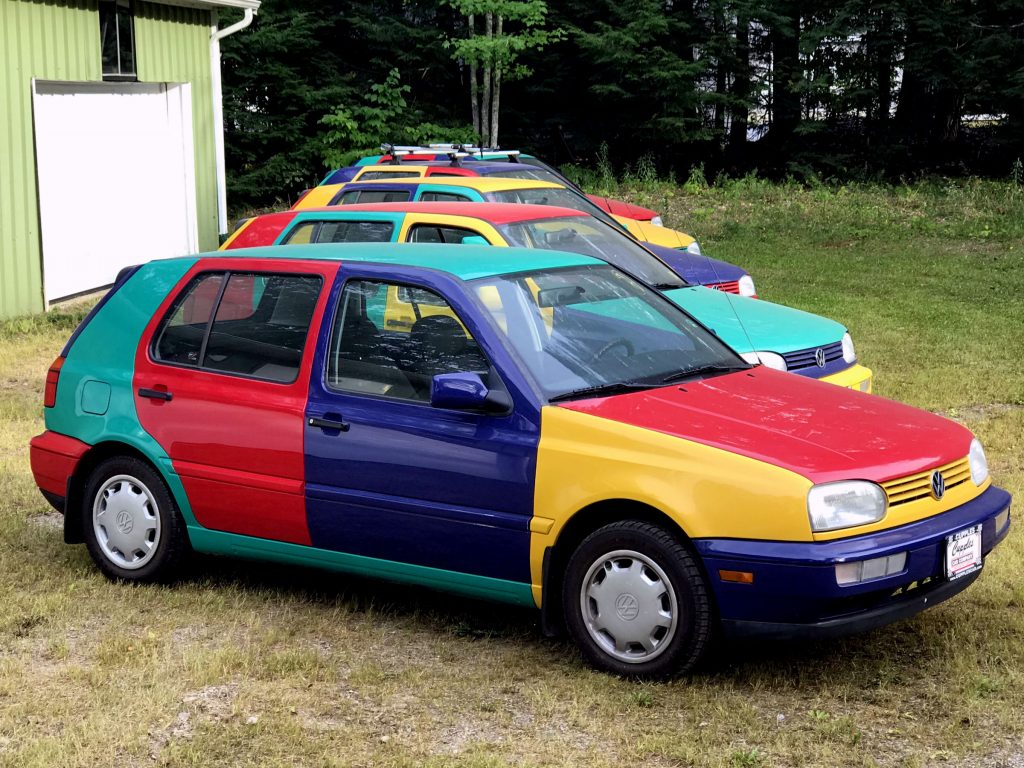
Cupples owns five Golf Harlequins, with at least one of each color combination.

